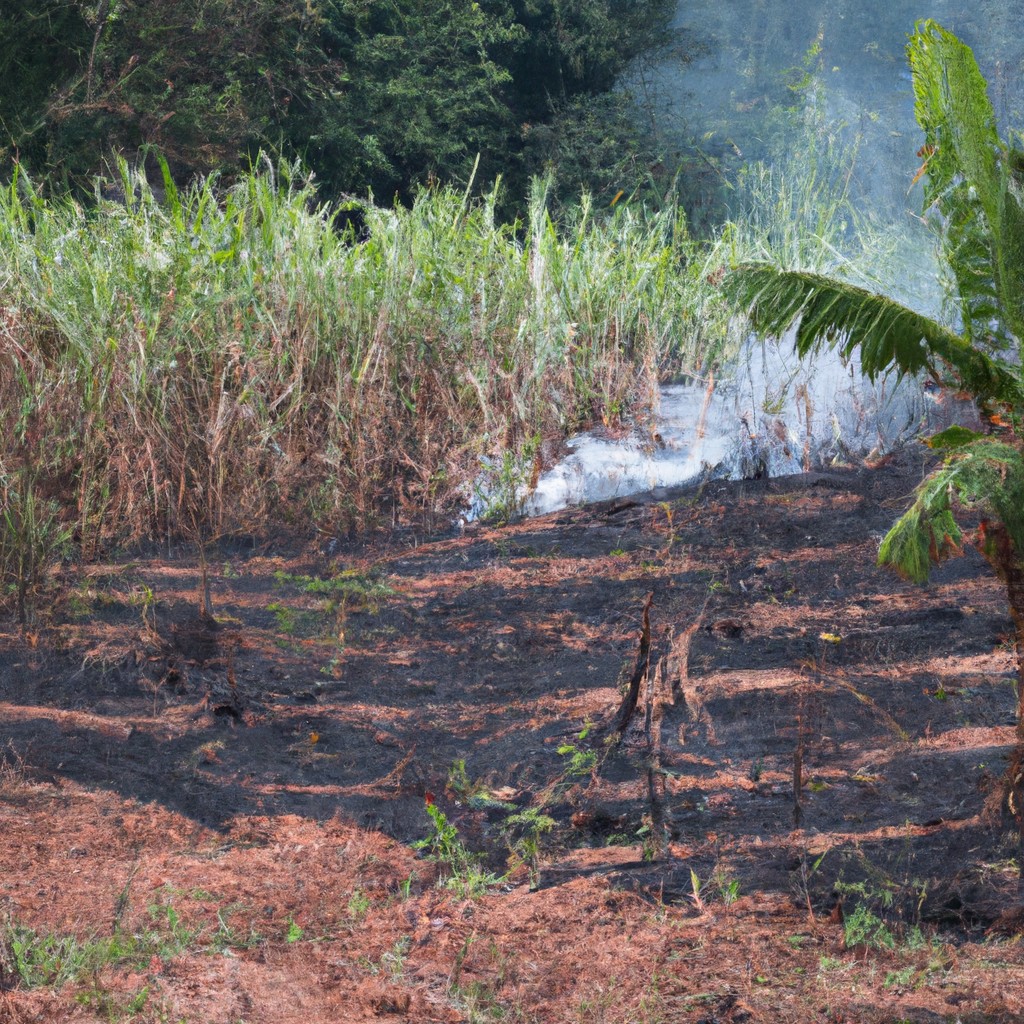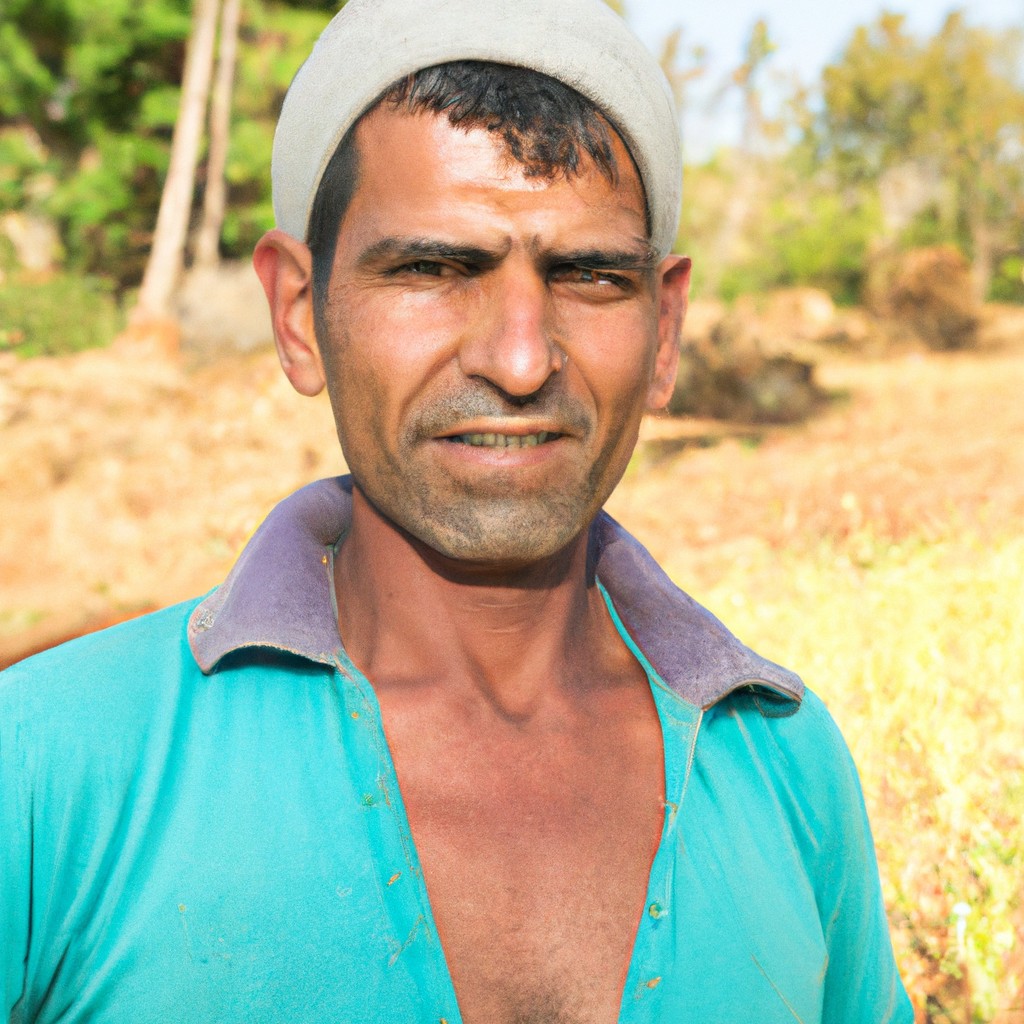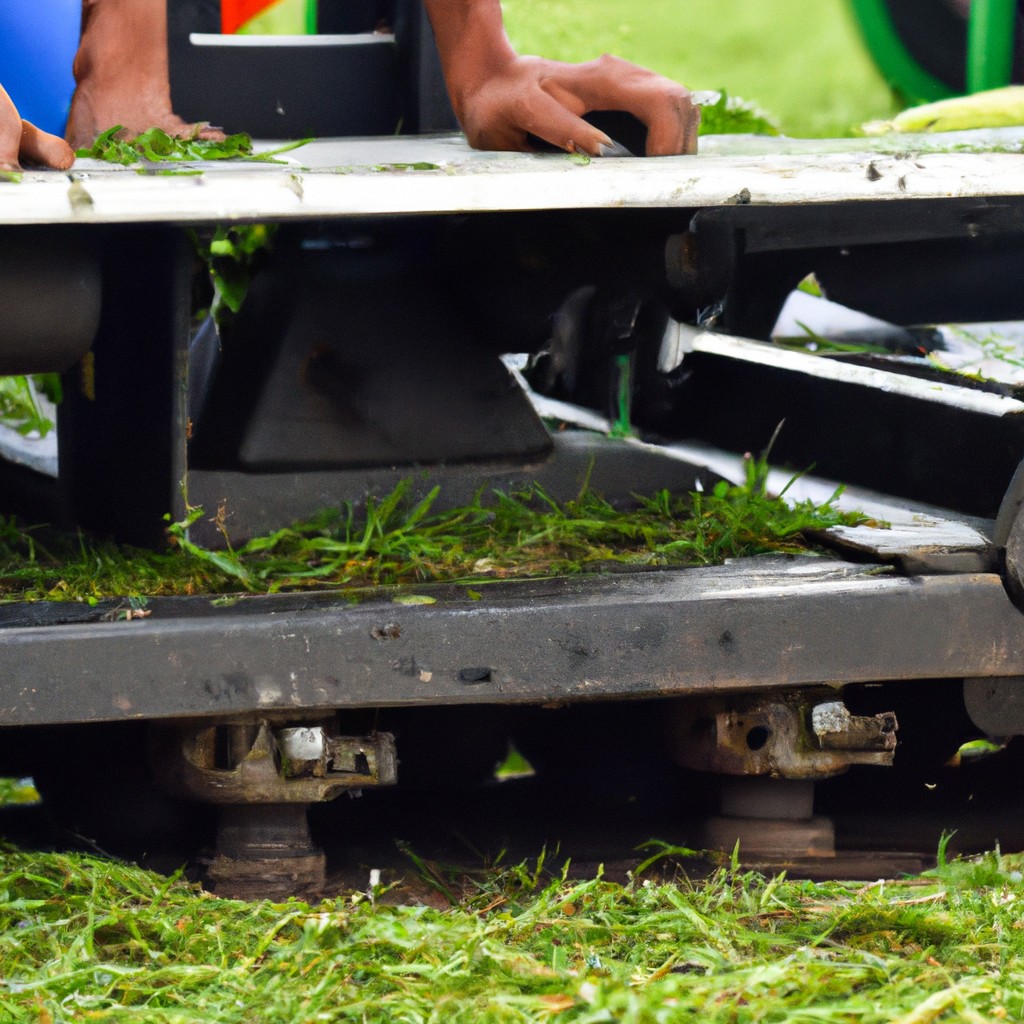In this article, you will learn about the impacts and alternatives to slash and burn farming, a practice used to clear land for agriculture.
Look Inside:
Definition of Slash and Burn Farming

This agricultural technique involves cutting down and burning natural vegetation to clear land for temporary cultivation. After a few years of crop production, the fertility of the soil declines, and farmers move on to a new area. The process repeats, ideally allowing previous plots to regenerate naturally over time. This method is often used in areas with dense vegetation, like tropical rainforests, where other forms of agriculture are not feasible due to thick undergrowth.
Environmental and Economic Impacts
Slash and burn farming significantly affects both ecosystem health and local economies. By clearing forests, this practice leads to biodiversity loss as animals and plants lose their habitats. The immediate consequence is soil erosion; without tree roots to hold the soil in place, it easily washes away during rainfalls, leading to poorer soil quality.
Despite the practice’s initial boost to agricultural productivity by providing nutrient-rich ash, this effect is short-lived. Within a few years, soil fertility drops, pushing farmers to clear more forest land and perpetuating a cycle of degradation.
Economically, while slash and burn offers quick land for cultivation, it poses long-term economic challenges. As land becomes unusable, farmers are forced to move, abandoning their homes and communities. Additionally, this practice can undermine tourism, which often relies on pristine natural environments, and thus, can reduce income derived from this industry.
Balancing immediate agricultural needs with long-term environmental and economic stability is crucial for communities reliant on slash and burn techniques.
Cultural Significance
Slash and burn farming, or swidden agriculture, is deeply embedded in the traditions of many indigenous and rural communities worldwide. By clearing small patches of land with fire and then rotating them to allow for natural regeneration, this method supports biodiversity and sustains various plant and animal species which locals depend on for food and medicinal purposes.
This practice also plays a crucial role in social and religious events, marking seasons and fostering community cooperation. Rituals associated with slash and burn agriculture offer a sense of identity and continuity for many cultures, linking past generations to current and future ones.
However, the technique raises complex issues as communities balance tradition with ecological impact. The challenge lies in maintaining cultural practices while adapting to modern environmental standards and pressures.
Alternative Methods to Slash and Burn
Agroforestry is a promising approach. By integrating trees with crops, this method not only conserves soil fertility but also provides various yields over time. It creates a balanced ecosystem that can support diverse plant and animal species.
Another method is crop rotation, which involves alternating the types of crops grown in a particular area each season or year. This practice helps in preventing soil depletion, reducing pest populations, and increasing crop productivity.
Intercropping, the cultivation of two or more crop species in proximity, maximizes land use and reduces the need for chemical inputs. It can provide natural pest control and improve soil health through the different nutritional demands of each crop.
Lastly, the practice of using cover crops is gaining traction. Fast-growing plants like clover or vetch are planted during off-seasons. These crops protect and enrich the soil by preventing erosion, enhancing moisture retention, and adding organic matter.
Each alternative offers benefits and helps maintain long-term sustainability of farmlands. By adopting these practices, farmers can reduce their impact on the environment while ensuring productivity and biodiversity.
Future Perspectives and Sustainability Initiatives
As concerns about environmental sustainability intensify, so does the push for more sustainable agricultural practices. This shift focuses on reducing deforestation and soil degradation, issues often associated with slash and burn farming.
Exploring technological advancements in agriculture, such as satellite monitoring and drones, offers a way to keep tabs on forest health and optimize crop management without extensive land clearing. These innovations help farmers make informed decisions that protect the environment while maintaining productivity.
Additionally, agroforestry—a practice that integrates trees and shrubs into farm landscapes—emerges as a promising alternative. By mimicking natural ecosystems, agroforestry can restore soil fertility and biodiversity, which are typically depleted by traditional slash and burn techniques.
Community-based initiatives also play a crucial role. Educating local farmers about the long-term benefits of sustainable practices encourages a shift away from slash and burn methods. Training and resources empower communities to adopt practices that are both environmentally and economically sustainable.
Collectively, these initiatives aim to create a farming future that nourishes people and the planet alike. The goal is clear: transition towards practices that sustain rather than deplete, foster growth in harmony with nature.




